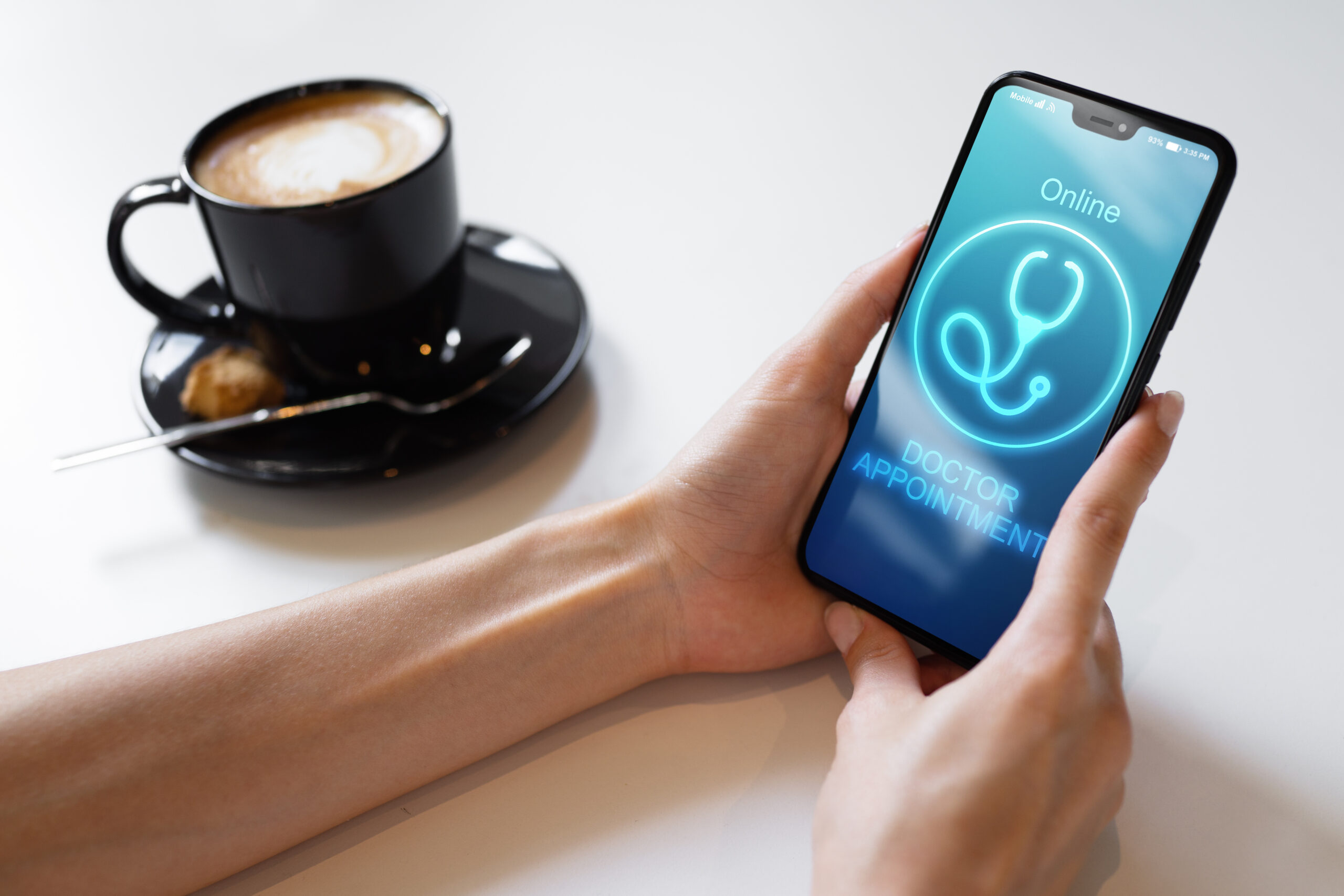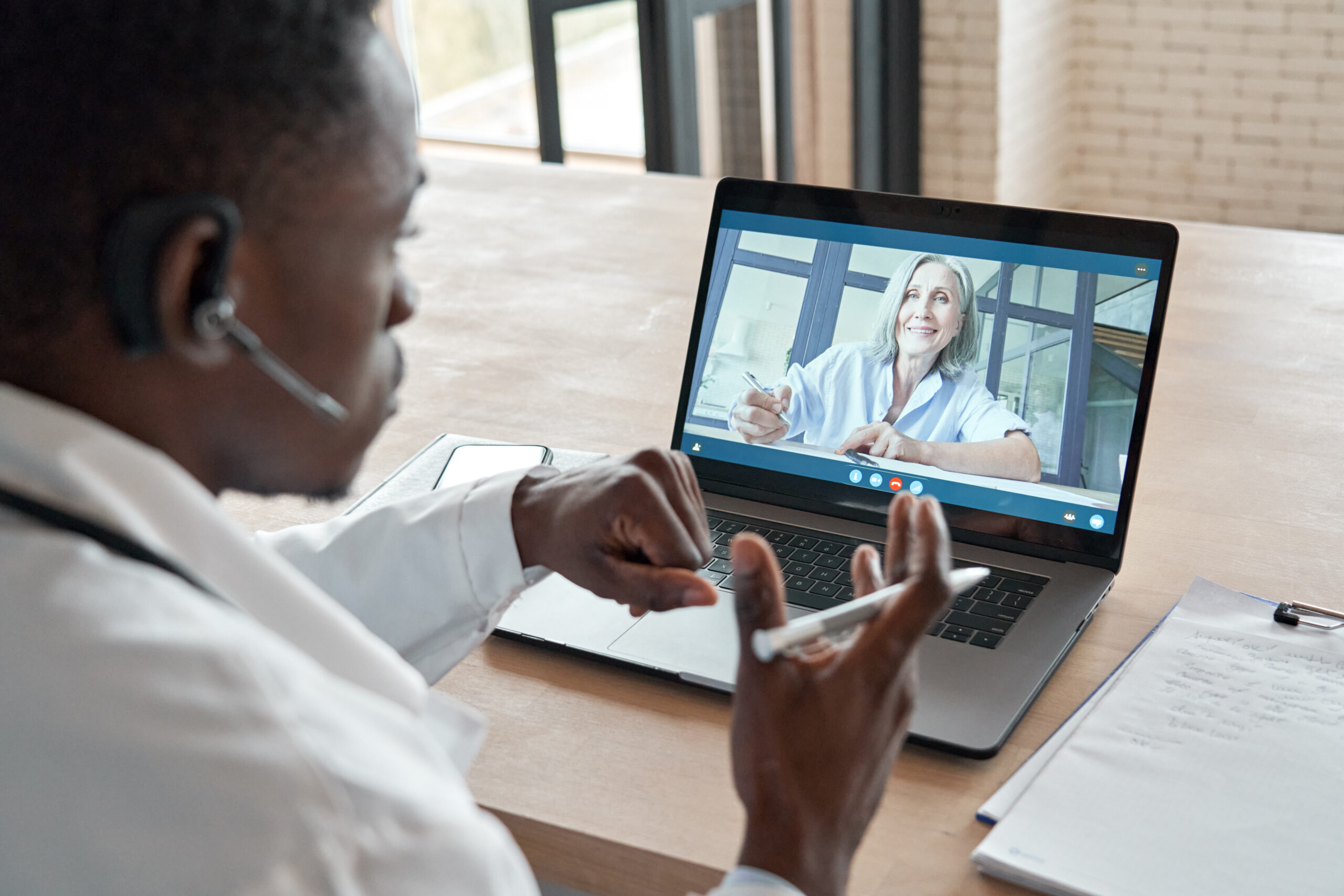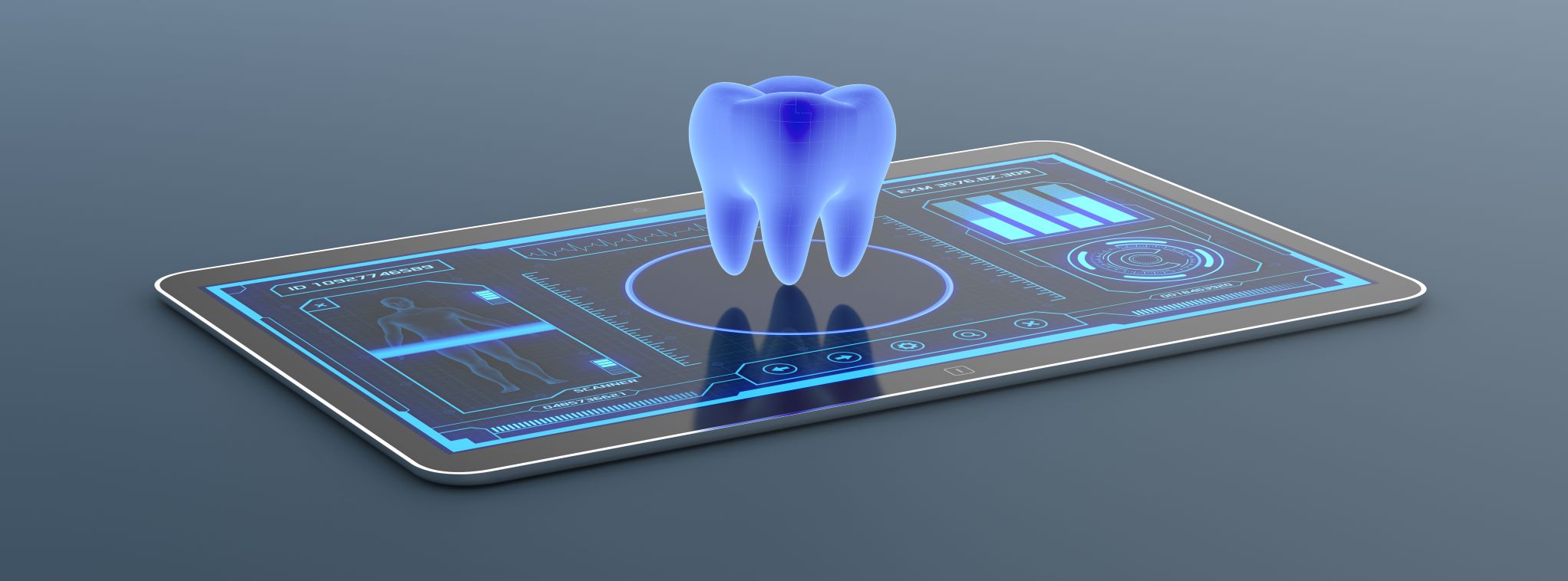Providing Better Patient Experiences through Technology

The medical industry, like many others, had to quickly change several of its normal ways of operating once COVID-19 transformed the world as we knew it. With delivery services and e-commerce options, it seemed obvious that many industries, such as food and beverage and retail businesses, would shift to more online ordering that would limit the need to go to a store or restaurant in-person. But for the medical industry, it’s not that simple. Patient experiences rely heavily on our doctors to examine and diagnose us with tests and labs based on symptoms that aren’t always clear to the naked eye.
With restrictions on in-person services, the number of people allowed in an exam room at once, and with many sick patients worried about leaving their houses, healthcare providers had to innovate their services to provide an experience that put the patient first. Many of these innovations and trends include shifting to virtual appointments and providing telehealth options. Ultimately, while it may have felt like a rushed transition, COVID really served as a catalyst to a new, advanced way of providing healthcare in our country. In fact, both patients and medical providers benefit from these advancements. Some of the positive consequences from the advancements triggered by COVID include:
Increased Convenience

Other advancements that provide convenience to patients include mobile check-ins and online payments. These minimize waiting times, allowing patients to get in and out in a timely manner. In addition, most patient forms are being collected electronically, giving patients the opportunity to fill them out before getting to their appointment.
With these technology options, the appointment has become refocused on the patient’s health and less about insurance and payment. Tech titan, Amazon, is even working on creating their own health care company focused on delivering more cost-effective healthcare to their employees with the potential to provide services to other companies.
As companies understand the importance of health and wellness among their employees, health tech companies like Better Help, an online counseling website, Doximity, a platform that allows healthcare professionals to connect with each other, and Grand Rounds, an app that assists employees to navigate their insurance plans, have the opportunity to disrupt the medical industry.
The healthcare industry learned quickly that the advances they thought would never work, in fact, work better than the way they were operating before. These innovative trends help to provide more convenient and easy patient experiences. In turn, healthcare providers can see more patients and earn more revenue thanks to the technological innovations spurred by COVID-19-related constraints.
Healthcare Refocused on the Patient

Before COVID, finding time to schedule a doctor’s appointment was a challenge in itself. Having to leave work, take the kids out of school, or plan for added time to drive to the appointment meant that one trip to the doctor would impact the entire day.
Now, telehealth and virtual appointments are the preferred methods in the healthcare industry. Doctors are spending more time communicating with their patients and relying more on effective communication to help patients feel like their symptoms or issues are being taken care of just as they would be in person. In addition, telehealth options mean no commute to a doctor’s office and fewer trips back and forth pre-and post-surgery. According to Medical Economics1, telehealth services save patients more than 100 minutes compared to in-person visits. The use of virtual health services increased 35% from 2019 to the beginning of 20202.
Other trends in the medical industry focused on making patient experiences more convenient, offering the increased delivery or drive-through pick-up from pharmacies. Eliminating the need to have more touchpoints inside a store or even leave your house to get the medications you need is a healthcare trend that’s here to stay. Additionally, many real estate developers are looking at repurposing empty retail space for medical offices. With many shopping centers closer to residential areas, patients who do have to be seen in person for outpatient surgeries, primary care, or diagnostic labs have easier access to their doctors that are now just down the street rather than going to a hospital or large medical complex3.
1 Medical Economics, Four new statistics that prove that telemedicine isn’t just a pandemic fad, https://www.medicaleconomics.com/view/four-new-statistics-that-prove-that-telemedicine-isn-t-just-a-pandemic-fad
2Forbes, Post-COVID-19 Patient Experience: 3 Ways Healthcare Has Changed, https://www.forbes.com/sites/blakemorgan/2020/10/01/post-covid-19-patient-experience-3-ways-healthcare-has-changed/?sh=47ae072ab59f
3 SAS, Will health care be fundamentally changed post-COVID-19?, https://www.sas.com/en_us/insights/articles/analytics/will-health-care-be-fundamentally-changed-post-covid-19.html
4 The Hill, Amazon aims to lower the cost of healthcare by offering new medical services through an app, https://thehill.com/changing-america/well-being/longevity/530585-amazon-aims-to-lower-the-cost-of-health-care-by
5 Better Help, https://www.betterhelp.com/start/?go=true
6 Doximity, Clinician’s Network & Healthcare Directory for Doctors, NPs, PAs & RNs (doximity.com)
7 Grand Rounds, Grand Rounds is your personal healthcare assistant | Grand Rounds


